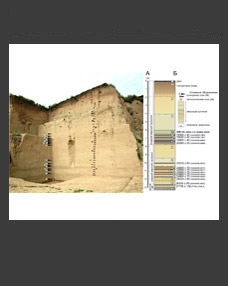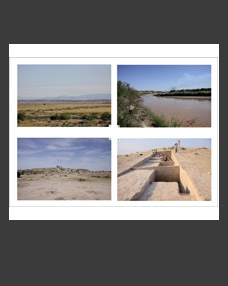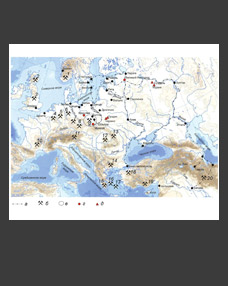Gennady A. Khlopachev1,2,*
1Peter the Great Museum of Anthropology and Ethnography (Kunstkamera) RAS, St. Petersburg, Russia
2Institute of Archaeology RAS, Moscow, Russia
*E-mail: gakmae@yandex.ru
Keywords: Upper Palaeolithic, Sungir site, burial of teenagers, tusk items, stuff weapon complex, technical and morphological analysis, burial structure.
The Sungir station is a site of the early Upper Palaeolithic period of Eastern Europe, with an absolute age of 35–29 kya. In 1969, O. N. Bader found a paired burial of boys with numerous personal adornments on the bodies and 15 intact pieces of weapon at the site. The researcher divided those into daggers, spears and throwing spears – javelins. Our study of the weapons showed that they differ not only in length, but also in the way the ends were made. The weaponry in question includes 1) javelins with double-edged ends (2 items); 2) spears, javelins and daggers with beveled proximal ends and awl-shaped distal ends (13 items). The study confirmed that daggers are an independent category of weapons, they served as tips of stuff weapons. Weight characteristics and determination of the gravity centre in spears and javelins showed that they could equally be used as throwing weapons. The composition of weapons types for each buried person was the same. It included tips and throwing weapons with double-edged ends and an awl-shaped striking part and, apparently, it reflected the hunting peculiarities of the Sungir ancient inhabitants.
DOI: 10.31857/S0869606324040031, EDN: KJJNHW







